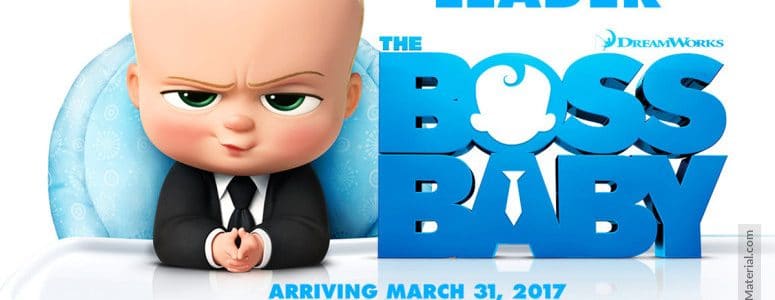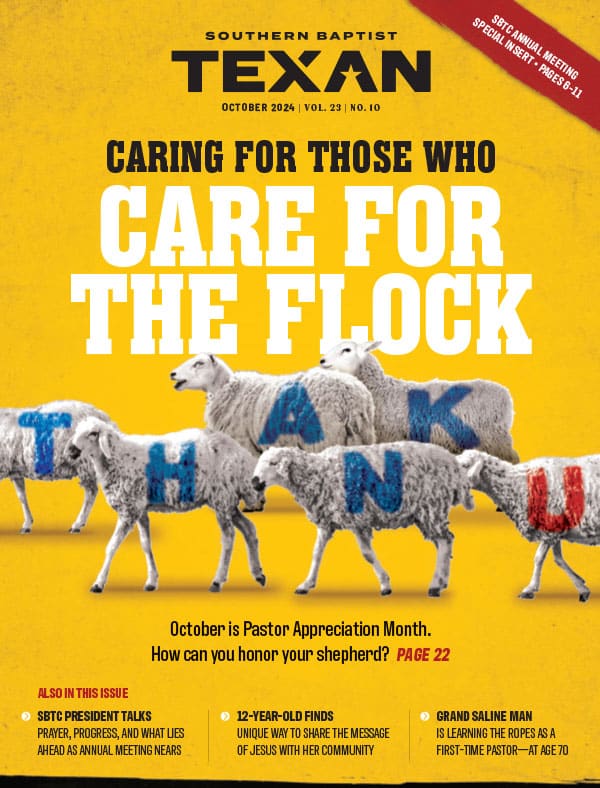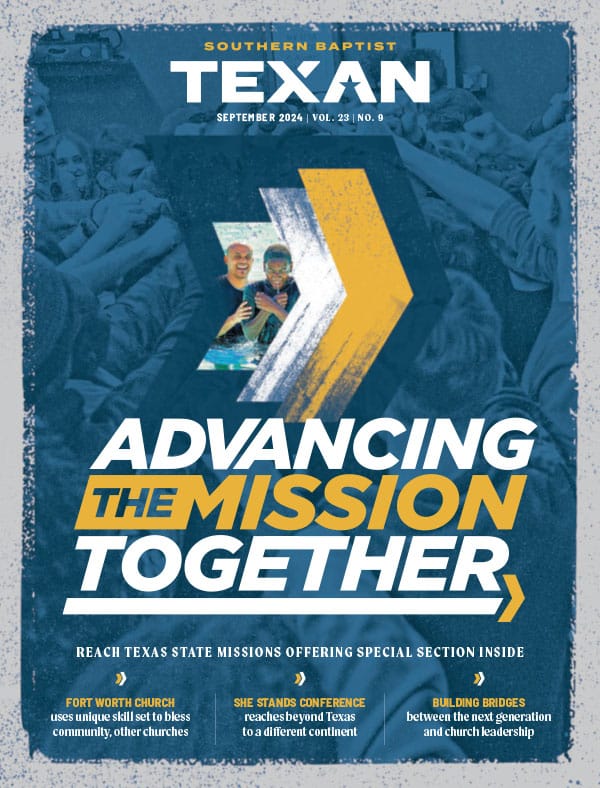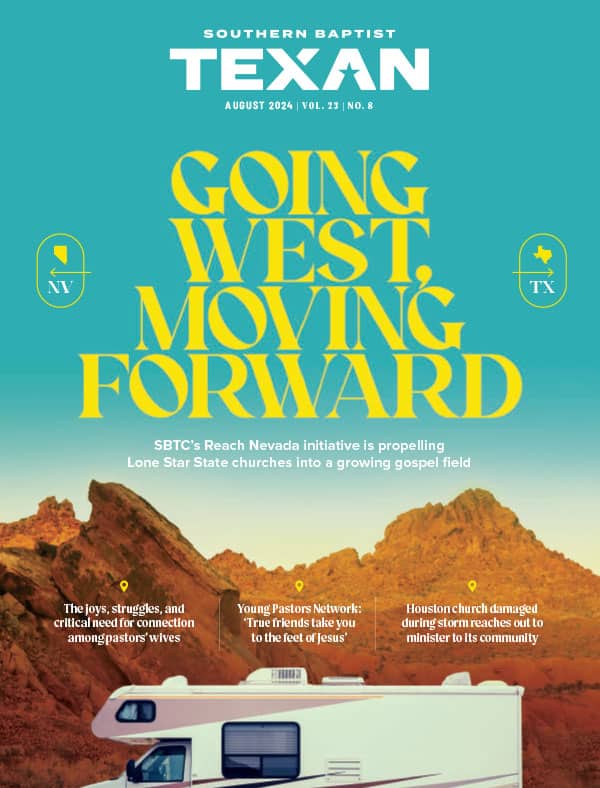Tim is a typical 7-year-old rambunctious boy, with a wild imagination to match his energy. He flies into space, explores the Congo and dives deep into the sea—all from the comfort of his parents’ suburban living room. And at night, mom and dad read stories and sing songs as he falls asleep.
Life as an only child, he tells us, is great.
Then one sunny day, a new baby arrives in the home. But this is no normal baby. He wears a suit. He carries a briefcase. And when the parents aren’t looking, he even walks and talks. This baby also is a sassy jerk, which quickly leads to tensions with Tim.
DreamWorks’ animated film The Boss Baby (PG) opens in theaters this weekend, telling the story of an adult-like baby (voiced by Alec Baldwin) who has one mission: ensure that babies throughout the world receive more love than do puppies.
The film is loosely based on a 2010 book by the same name and envisions a world in which babies are made by a company called Baby Corp., puppies by a competing company, Puppy Co., and there’s a finite amount of love to be divided between them.
“We’ve always been No. 1,” the Boss Baby says during a pep talk to his baby contemporaries.
The plot thickens when it is discovered that Puppy Co. has plans for a new breed of puppy that will never age—a novelty that is sure to make puppies No. 1.
The core of the film’s plot is creative, even enjoyable. Yet the strife between Boss Baby and Tim likely will turn off many parents. (Details below.)
The film stars Jimmy Kimmel as the voice of the dad, Lisa Kudrow as the mom, Steve Buscemi as a company president, and Tobey Maguire as the narrator/adult Tim. Miles Christopher Bakshi plays the younger Tim.
Thanks to partnerships with Subway, Tampico and Menchie’s Frozen Yogurt, even kids who haven’t seen the trailer may want to go.
But is it OK for children of all ages? And what lessons can kids learn from it? Let’s take a look …
The Good
Minor spoilers ahead!
Despite its flaws, the filmmakers should be commended for promoting the concept of not only the family, but a larger family. Tim is hesitant at first to share the house with a brother, but by the end of the film he sees the blessings of siblings. (See Worldview, below.) The mother and father are portrayed as loving parents.
The film also promotes teamwork, selflessness and sacrifice. There is a redemptive moment at the movie’s end.
It’s not the funniest animated film I’ve seen this year, but I did laugh several times.
The Bad
Boss Baby—like nearly every animated film ever made—has a good, positive ending. The problem? It takes seemingly forever to get there, which means that for most of the movie we are forced to endure an ugly, verbal (and sometimes physical) war between the brothers. Some families will find this humorous, but others—such as ones who have experienced sibling jealousy when a new baby is born—will find it uncomfortable. This is especially true for families who are still fighting those battles. (And thus, the positive final 10-15 minutes will get lost.)
We watch as Tim is ignored at night—no bedtime story, no song—and the parents struggle to get Boss Baby to sleep. At the dinner table, the baby gets all the attention, too.
“Everyone wants the hot new thing,” Boss Baby tells Tim in his annoying tone when they are alone. “… There’s only so much love to go around.”
He adds, “Babies get all the love. … There’s not enough love [within the family] for the two of us.”
Later they trade more insults: “I wish I’d never met you,” Boss Baby says, to which Tim retorts: “I wish you’d never been born.”
Tim and Boss Baby fight in the backyard. When Tim records Boss Baby talking, Boss Baby threatens to harm Tim’s stuffed animal by stapling its nose (which he does.)
The film contains quite a few shots of cartoon baby bottoms, and at one point even shows Boss Baby fully nude, with his private parts pixelated.
Boss Baby critiques the story of Hansel and Gretel by saying it’s only about “cannibalism” and “burning people alive.” He also grabs a flashlight and makes a joke in the dark: “I’ve come for your soul.”
Tim and Boss Baby steal an airplane ticket and lie twice, with no consequences.
Boss Baby says “fart” twice and abuses the word “God” twice. Other than that, there is no coarse language.
The Worldview
In a society that often views children as a burden, it’s always nice when Hollywood promotes larger families. Americans on average say that 2.6 is the ideal number of children to have, although in the 1950s their answer was closer to 4 (source: Gallup). Many factors have contributed to this, but it seems we’ve strayed from what Scripture teaches: Children are a blessing (Psalm 127:3). (As an aside, the 2016 animated film Storks delivers this message better than does Boss Baby. Storks also has less baggage and is funnier—although it has a split-second gay couple scene you can preview on YouTube prior to watching it with the kids.)
The Verdict: OK for Kids?
Boss Baby is like most animated films these days: It has a few content problems that will have different families making different decisions. As for me? My children struggle enough with intra-sibling jealously, so we’ll be skipping this one.
Discussion Questions
What are the benefits of being an only child? What are the benefits of having siblings? When a new baby is born, how can parents and extended family make the transition easier on brothers and sisters? Why didn’t Tim and Boss Baby get along? Who was at fault? Was it OK for Tim and Boss Baby to steal the ticket? To lie? Did the end justify the means? Is there a finite amount of love in the world?
Entertainment rating: 2.5 out of 5 stars. Family-friendly rating: 3.5 out of 5.
Boss Baby is rated PG some mild rude humor.











